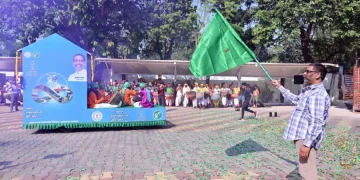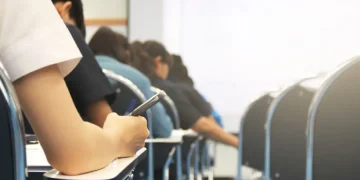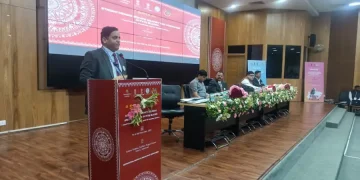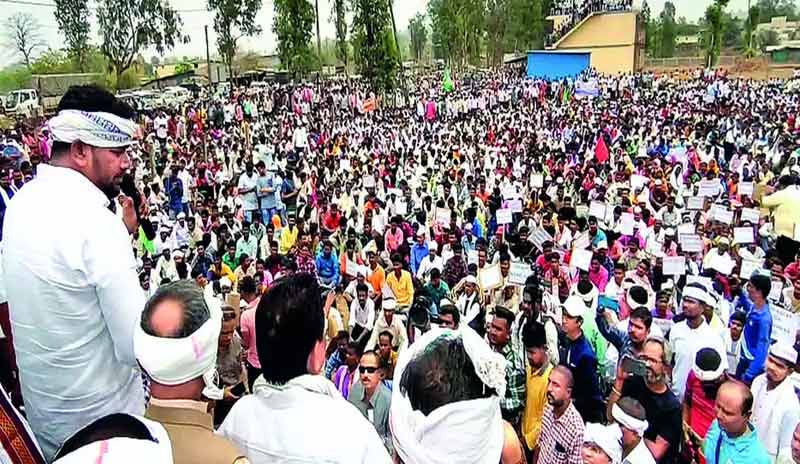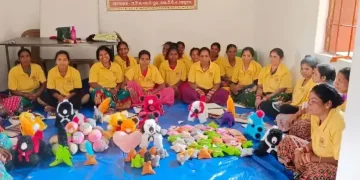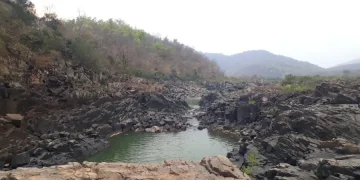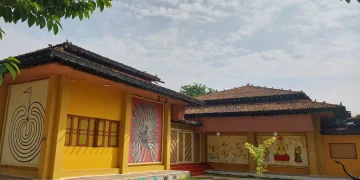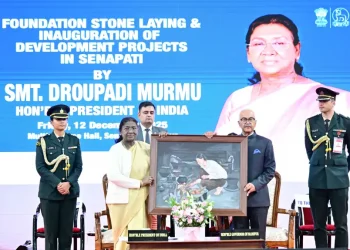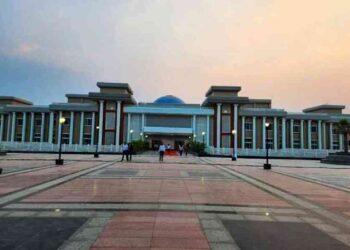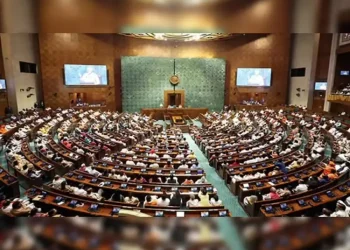The tribal protest against the Par-Tapi-Narmada River linking project is fast becoming a political hot potato in Gujarat.
While Finance Minister Kanubhai Desai has allocated Rs 500 crore to the project in the State budget, the opposition Congress has thrown in its lot with the protestors, hoping to cash in on the anti-incumbency.
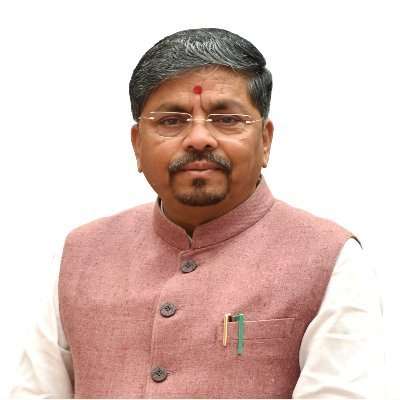
When contacted by theindiantribal.com, State Tribal Development Minister Naresh Patel said the issue was only being politicised by the Congress. He said Desai did not even use the words ‘river linking’ in his speech. Patel claimed the amount allocated is for smaller dams in tribal-dominated areas.
However, at the same time, the State government has also announced renaming of the project, signalling its intentions to remain firm.
Assembly elections will be held in Gujarat at the end of this year.
The Adivasis are up in arms over the expected displacement of more than 50,000 villagers in Dang district. As per the detailed project report, 37 villages covering 20-30 square km would likely be submerged
Tribal leader TR Kamadi said, “The river linking project would harm the interest of tribals in the State. Initially, the State government requested a small hill at Kevadia to erect Sardar Patel’s statue. But now, in the name of development, 17 villages have been taken from the tribal people.”
Kamadi is a member of the Dam Hatao, Jungle Bachavo Sangharsh Samiti, a platform created by nearly 200 tribal leaders to protest the proposal.
Congress MLA and tribal leader Anand Chaudhary said the State government must clarify its stand on the river linking project, and whether the Adivasi would have to give up their fertile land.
Patel responded by saying the government wouldn’t initiate any project that would displace the tribals.
The protestors, though, are unconvinced.
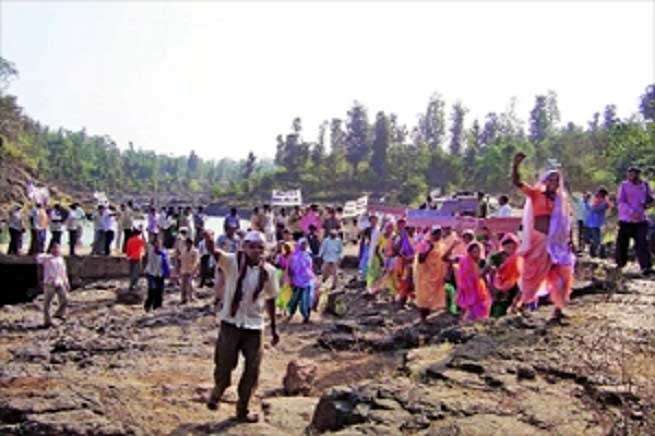
Last week, some 5,000 tribals gathered in Gandhinagar to voice their strong disapproval of the river linkage. They were supported by the Congress party
Gujarat Pradesh Congress Committee president Jagdish Thakor and other party leaders were detained by the police.
A similar rally was also organised in Kaparada Tehsil of Valsad district.
Before that, a huge protest rally was held in Vaghai tehsil of Dang by Adivasi Samanvay Manch, Adivasi Ekta Parishad and Samast Adivasi Samaj. Most tribal leaders claim the dams to be constructed as part of river-linking would submerge the entire Vaghai tehsil, displacing hundreds of tribal families.
The Par-Tapi-Narmada river linkage project was initiated in 1980 with a view to direct flow to the water-deficit regions of Saurashtra and Kutch. Par River originates from Nashik in Maharashtra and flows through Valsad of Gujarat. River Tapi originates from the state’s only hill station, Saputara, and flows through Tapi, Dang and Surat districts. Narmada River starts from Madhya Pradesh and flows through Bharuch and Narmada districts.
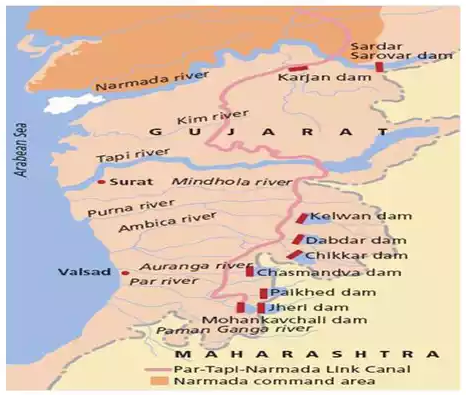
The proposal entitles seven dams — one at Nashik in Maharashtra and six others in south Gujarat.
Apart from this, six power houses, three diversion weirs, two tunnels and a 395-km long canal are being planned. Of the total length of the canal, nearly 200 km will be in the Par-Tapi region.
The Rs 10,000 crore-plus project has provisions to provide irrigation water to farmers in South Gujarat.






